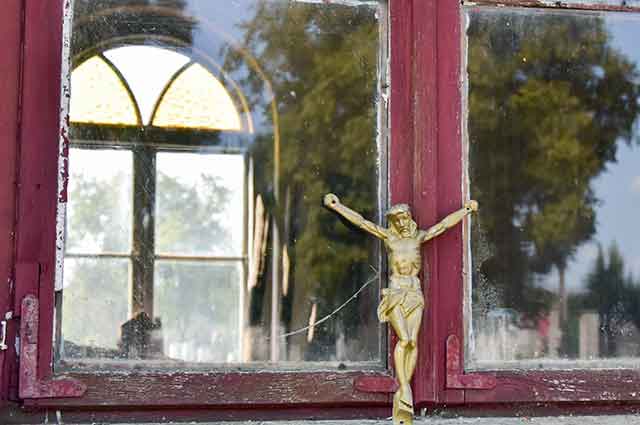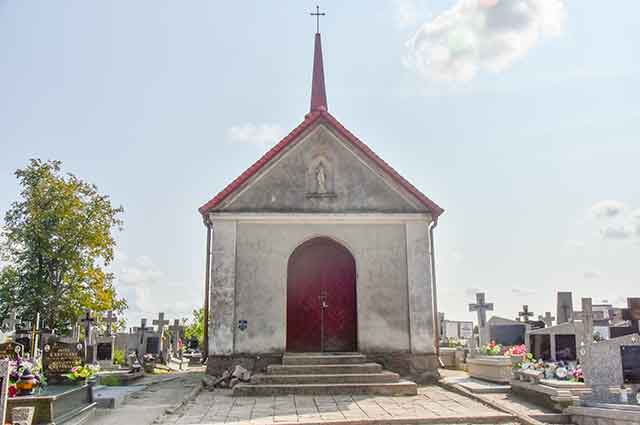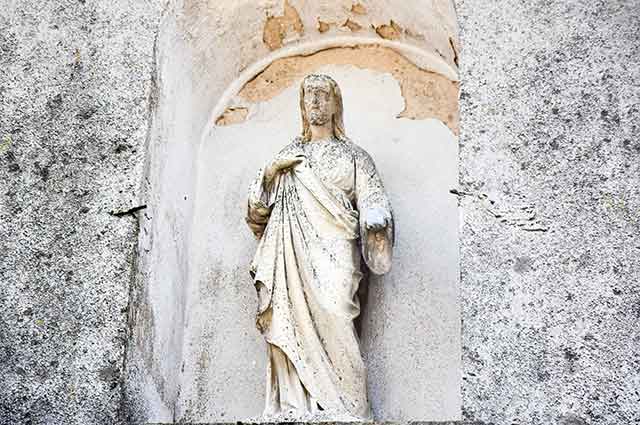
We are a group of enthusiasts creating knowledge about the region of Wizna. We have got already 30 people..
We have an office on the old presbytery.
ul. Mikołaja Kopernika 2,
18-430 Wizna
admin@artpark.pl


